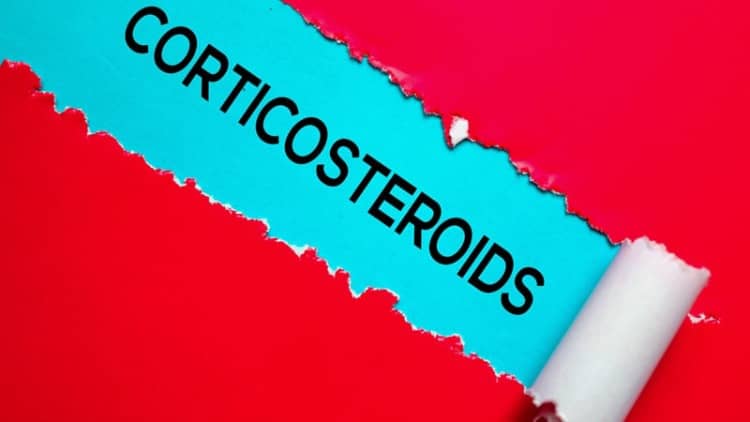Using Coriticosteroids For Chronic Pain Treatment- A Detailed Inside Look
Using Coriticosteroids For Chronic Pain Treatment
Welcome to Southeast Regional Pain Center in Columbus, GA, where we are committed to providing the highest quality and most effective chronic pain treatment. Today, we delve into a remarkable topic that has played a significant role in pain management: corticosteroids.
In this blog, we will shed light on what corticosteroids are, their historical development, various uses, their role in managing chronic pain conditions, and the scientific impact they have on the body for effective pain treatment.
Understanding Corticosteroids
Corticosteroids, often simply referred to as steroids, are a class of powerful medications that mimic the natural hormones produced by the adrenal glands. These hormones, known as corticosteroids, serve various functions in the body, including regulating metabolism, immune responses, and inflammation.
Historical Development
The history of corticosteroids is an intriguing journey through medical advancements. It all began in the early 20th century when scientists started exploring the adrenal cortex and its role in physiology. The breakthrough came in the 1930s when Swiss chemist Tadeusz Reichstein and American biochemist Edward C. Kendall independently isolated and synthesized cortisone, a key corticosteroid hormone. This discovery laid the foundation for further research and development in the field of corticosteroids.
Types of Uses and Symptoms They Help Treat
Corticosteroids have a broad spectrum of uses across various medical fields. Here are some of the key applications and symptoms they help treat:
- Inflammation: Corticosteroids are potent anti-inflammatory agents. They can alleviate symptoms of inflammation, such as redness, swelling, and pain, making them invaluable in conditions like rheumatoid arthritis and inflammatory bowel diseases.
- Allergies: For individuals with severe allergic reactions, corticosteroids can provide quick relief by reducing immune system responses and allergic symptoms.
- Autoimmune Diseases: Corticosteroids are used to manage autoimmune disorders like lupus and multiple sclerosis, where the immune system mistakenly attacks healthy tissues.
- Asthma and Respiratory Conditions: They help reduce airway inflammation and improve breathing in individuals with asthma and chronic obstructive pulmonary disease (COPD).
- Skin Conditions: Corticosteroid creams and ointments are effective in treating skin conditions like eczema, psoriasis, and dermatitis.

Using Corticosteroids for Chronic Pain Conditions
Corticosteroids play a vital role in managing chronic pain conditions, particularly when inflammation is a contributing factor. Here’s how they are used:
- Epidural Steroid Injections (ESIs): ESIs involve injecting corticosteroids directly into the epidural space around the spinal cord. This treatment is commonly used for conditions such as herniated discs and spinal stenosis.
- Joint Injections: Corticosteroid injections can provide relief for joint pain and inflammation, often associated with osteoarthritis and rheumatoid arthritis.
- Nerve Blocks: In cases of nerve-related chronic pain, corticosteroid injections can help reduce inflammation around the affected nerves, alleviating pain.
- Inflammatory Conditions: For chronic pain conditions caused or exacerbated by inflammation, corticosteroids may be prescribed orally or topically to manage symptoms effectively.
Scientific Impact on Chronic Pain Treatment
Corticosteroids exert their impact on chronic pain treatment through their potent anti-inflammatory properties. Inflammation is a key driver of pain, and by reducing it, corticosteroids can:
- Relieve pain and discomfort associated with inflammatory conditions.
- Reduce pressure on nerves and tissues, providing relief from pain caused by compression.
- Improve overall function and mobility, enhancing the patient’s quality of life.
It’s important to note that while corticosteroids can provide significant relief, they are most often not a long-term solution for all chronic pain conditions. Their use is typically part of a comprehensive pain management plan developed by a healthcare provider like the pain doctors at Southeast Regional Pain Center in Columbus, GA. Corticosteroids have a rich history and serve as powerful tools in pain management, especially for chronic pain conditions with an inflammatory component.
Southeast Regional Pain Center: Your Premier Destination for Chronic Pain Treatment
At Southeast Regional Pain Center in Columbus, GA, we understand the complexities of chronic pain and the vital role that corticosteroids can play in chronic pain management. Our team of experienced pain management specialists is dedicated to delivering expert care and tailored treatment plans to address your unique needs. We offer a wide range of advanced treatments, including corticosteroid injections, nerve blocks, regenerative medicine, and more, to provide effective pain relief. We prioritize your well-being and comfort, and stay at the forefront of pain management research and treatments, ensuring that you receive the latest and most effective care options.
The Importance of a Referral
For decades, Southeast Regional Pain Center has stood tall as the top destination for chronic pain treatment in the Southeast. We are here to help treat those with chronic pain. Before reaching out to Southeast Regional Pain Center, it is essential to obtain a referral from your primary care physician or a healthcare provider who can assess your condition and recommend the appropriate course of action. We want to have the most comprehensive understanding of your medical history possible so we can develop the most effective and personalized treatment plan tailored to your needs.
Southeast Regional Pain Center is your trusted partner in the journey to managing chronic pain effectively. We invite you to take the first step toward a pain-free life by obtaining a referral and reaching out to our center.